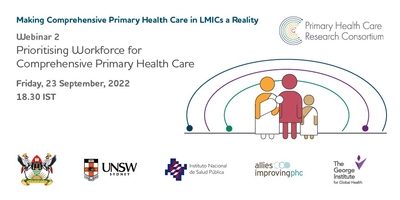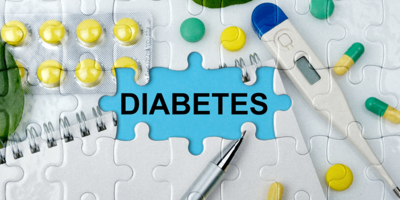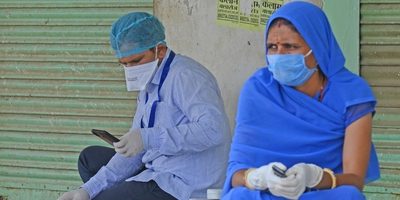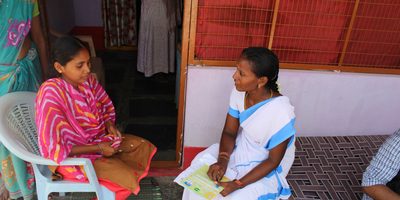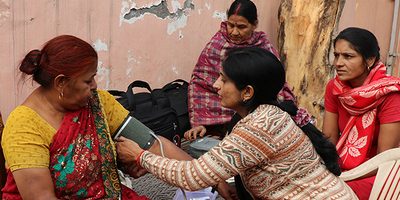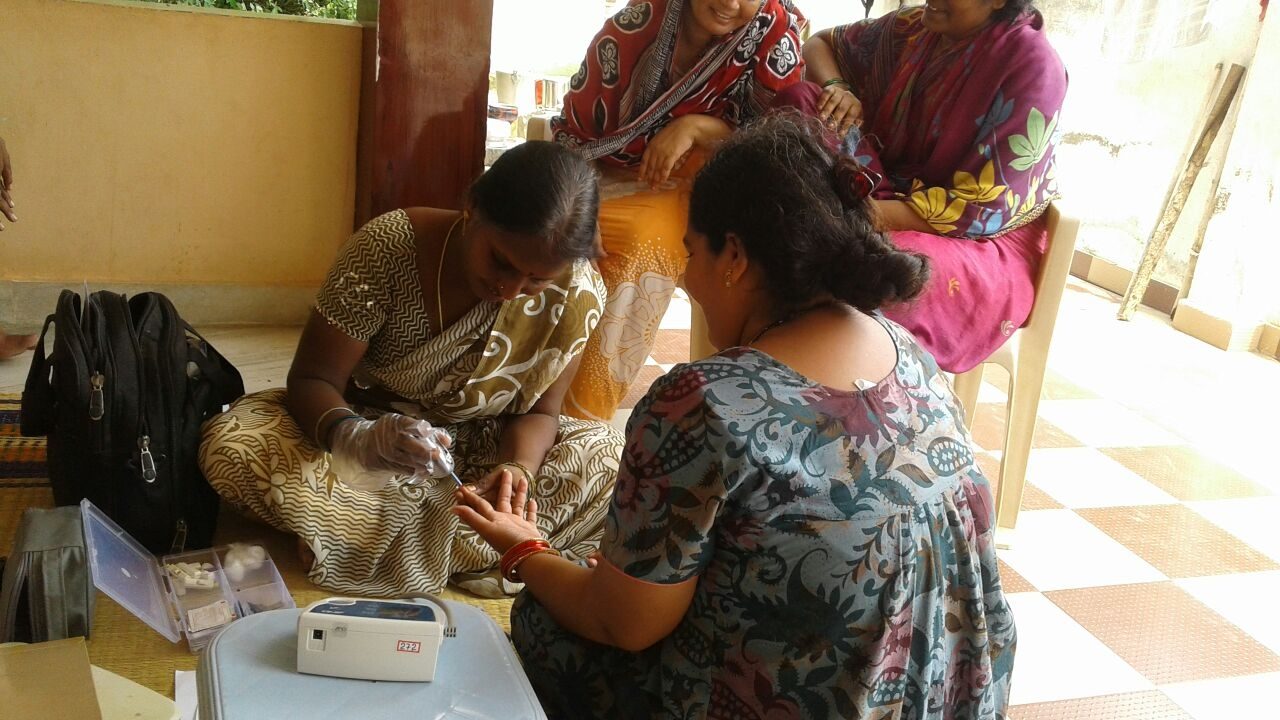
Breaking down silos in the workforce is needed to fight diabetes and inequities
463 million people are living with diabetes, which is expected to rise to 578 million by 2030. This year, the focus of World Diabetes Day is raising awareness about the critical need for more nurses to prevent and treat diabetes, a chronic condition that if left untreated can lead to severe health complications including premature death, from heart attack, kidney failure, stroke, and COVID-19. Associate Professor Rohina Joshi of The George Institute says we have a ripe opportunity to harness the broad health workforce to tackle more than diabetes and help build back better after COVID-19.
An alarming 1 in 2 adults with diabetes remain undiagnosed, and more than 3 in 4 people with diabetes live in low- and middle-income countries (LMICs). Nurses account for over half the global health workforce and are often the first health professional that a person interacts with. They play a key role in early diagnosis, education, and tackling the risk factors for type 2 diabetes to help prevent the condition.
Sadly, it’s communities with the greatest need that don’t have access to this workforce. There is a global shortage of nurses - an estimated 6 million are needed – and, 89% of this shortage is in LMICs. It’s estimated the current global nursing workforce is not commensurate with what’s needed to the meet global targets for universal health coverage and the United Nations Sustainable Development Goals (SDGs) in 2030.
We’re fighting a larger problem than diabetes
The mismatch between the distribution of nurses and demand is perpetuating a vicious cycle of health inequities, poor health outcomes and premature deaths from non-communicable diseases (NCDs) and associated risk factors, such as obesity, diabetes and high blood pressure.
Making matters worse, the current conflation of the COVID-19 pandemic and global burden of NCDs is putting added strain on already stretched health workforces and health systems. With most of the global health workforce diverted to respond to COVID-19, it’s inevitable there will be significant long-term health consequences from current disruption to routine primary care essential for preventing and treating NCDs, including diabetes.
Priorities for optimising the health workforce
It’s not an easy task to reshape decades of traditional, physician-centred models of care, let alone during a global pandemic. Yet, with a tactical and evidence-informed approach, we can build a capable, motivated, and available health workforce to fight diabetes and other leading killers, as well as health inequities:
1. Focus on the person, not a single disease
It’s increasingly common for people to have more than one NCD. For example, a person with diabetes could have depression and high blood pressure. Yet, if the depression is left untreated, it’s unlikely they will be able to deal with taking regular medications or doing exercise. We need a health workforce that provides comprehensive routine primary care; that looks at the ‘entire’ person, not just at a single risk factor or disease.
Conditions like diabetes and high blood pressure are silent killers because symptoms don’t typically appear until the condition has worsened. There are simple steps we can take before it’s too late. For example, ten minutes with a patient can be used to educate them about other chronic conditions associated with diabetes; or, to explain the importance of regularly taking prescribed medicine, not only when blood sugar or pressure goes up. Some of these messages can be delivered easily over the phone.
2. Implement workforce innovation
There is established evidence that doctors, nurses, community health workers and other allied health workers, as part of a strong multi-disciplinary healthcare team, can make a significant contribution to prevent and treat disease in their community. Also known as task-sharing, this an especially useful model where access to physicians is limited. We also have evidence that low-cost technology can help successfully implement a task-sharing model of care where access to primary health care doctors is limited and help improve health outcomes.
We know what works to prevent and treat NCDs, much of which is low-cost. What we need is to ensure patients, especially those at risk, can be easily screened, diagnosed, treated and followed-up regardless of where they live. For example, basic medical supplies for NCDs are often lacking in primary health care facilities in LMICs such as glucometers and strips and an essential medicine supply. A task-sharing approach, tailored to the local health system and workforce and supported by low-cost technology, can help.
3. Build a motivated workforce
One nurse out of every eight practises in a country other than the one where they were born or trained. This mobility exacerbates current and projected health workforce shortages and maldistribution. Approximately 80% of all nurses and midwives are women. We need to understand how to best motivate and engage this health workforce by asking questions like: ‘What salary, training, support or other incentives would help?’ and ‘How do we make them feel part of the team and community?’ Regardless of how many nurses, midwives, community health workers or other non-physician health workers there are, if they do not feel supported or aren’t motivated, there won’t be adequate progress in achieving the SDGs.
4. Leverage political will to drive change
COVID-19 has given us an opportunity to innovate. It has forced us to quickly transcend barriers to implementing change in the way we work and deliver care. For example, telehealth is now easily available and affordable to patients across Australia. We can now ask, ‘If it worked in response to COVID-19, why can't it work for something else?’ Most importantly, for change to be easy, we need more than the ‘right’ model of care or workforce – change needs to be championed by decision-makers as we have seen in response to the fight against COVID-19.
Moving beyond a siloed view of improving health
Awareness days like World Diabetes Day are important vehicles for advocacy and health education, however, they also cement a siloed view of preventing and treating disease. Investing in building and retaining a sustainable health workforce focused on person-centred care, is not just good value for money, it’s the right thing to do - to help build back better after COVID-19, tackle inequities also across the workforce, and create healthier communities. Pre-COVID-19 governments were struggling to keep up with escalating costs of healthcare. Today the global economy is facing the worst recession since the great depression – smart and innovative use of resources has never been more critical, and we must start now.
Associate Professor Rohina is Head, Global Health Workforce Program at The George Institute.
Our work in health workforce research champions innovative models of care utilising task-sharing, low-cost technology, and non-physician workforce, to address health inequities and the burden of chronic diseases and injury, with a focus on underserved populations. Together with our global, regional and local partners we are advocating for and implementing evidence-informed solutions that can deliver better treatments and care for all.


